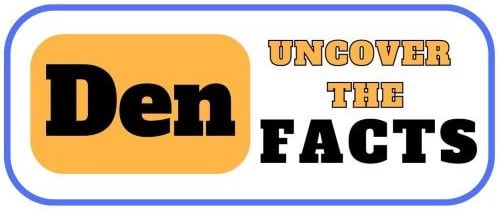Doctors are renowned for their expertise in deciphering complex medical conditions, but when it comes to their own handwriting, a different challenge arises. The widespread joke about doctors having indecipherable handwriting has led to the creation of a term: “Rx-ese.” This term playfully points to the struggle pharmacists face in interpreting prescription notes.
The Rushed Script: Why Doctors Handwriting Often Baffles
In the hectic world of healthcare, time is of the essence. Doctors navigate a fast-paced environment where multitasking and quick decision-making are the norm. This frenetic pace often spills over into their handwriting, sacrificing clarity for speed. The sheer volume of paperwork, coupled with the need for swift note-taking, contributes to a handwriting style that can be perplexing to those outside the medical realm.
Medical Jargon: A Language of Abbreviations
Doctors are fluent in a unique language of medical jargon and abbreviations. While this linguistic shorthand facilitates efficient communication within the medical community, it can leave outsiders scratching their heads. Combined with the haste of note-taking, this specialized language contributes to the enigmatic quality of doctors’ handwriting.
Rx-ese Risks: The Serious Side of Illegible Prescriptions
Beyond the realm of humor, there are serious implications to the “Rx-ese” phenomenon. Illegible prescriptions pose a risk to patient safety, as pharmacists may struggle to accurately interpret the doctor’s instructions. This potential for misinterpretation underscores the importance of addressing handwriting challenges in the medical field.
A Digital Shift for Doctors: Solutions for Legible Communication
As technology advances, the healthcare industry is embracing electronic prescribing systems. These systems not only reduce the reliance on handwritten prescriptions but also mitigate the risks associated with illegible handwriting. This shift toward digital solutions reflects a commitment to enhancing patient safety and effective communication in the medical landscape.
In conclusion, while the “Rx-ese” phenomenon remains a lighthearted quirk associated with doctors, the industry’s adoption of digital tools signifies a positive step toward more legible and secure medical communication. Understanding the challenges doctors face in their daily routines sheds light on the importance of continually improving communication methods in the healthcare sector.
